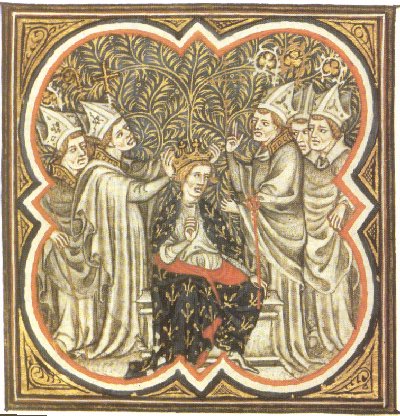
Last change:
30-3-2000;
reactions?
e-mail me
the history of Wieringen
the Middle ages
2. The Frisian / Frankish feudal system
(backgroundinfo)
In the 8th and 9th century the organisation of society was largely based on the Roman system of mansions. Settlements were large estates, called villa's, consisting of a mansion or hall where the lord of the estate resided and a number of smaller farms where free farmers and serfs lived.
Because the Roman roadsystem had been neglected for 4 centuries the long distance trade between countries or regions had collapsed. There was little more than regional trade of the bare necessities. After the cosmopolitic Roman days the people were thrown back to themselves. Agriculture lead to few surpluses, so there was not much room for population growth and large cities. Existing cities are the continuation of old Roman garrison cities or royal residences, such as Aachen and Nijmegen. New cities grew around the monasteries that were founded in the 8th and 9th century.
 | <-- Charlemagne is crowned as emperor in 800, according to a 14th century miniature The most important change in this situation was a result of Charlemagne's politics of centralisation. In order to make his enormous empire better controlable, he introduced a system where large areas were given to trusted followers who were allowed to govern the area as they liked, as long as they stayed loyal to their lord and paid the taxes (most of the time a tenth of the profits). The new rulers, earls, dukes and counts, gave parts of their possessions to their vassals who in their turn gave areas in loan. The lowest level in this hierarchy was formed by the mansions, the old Roman villa's. |